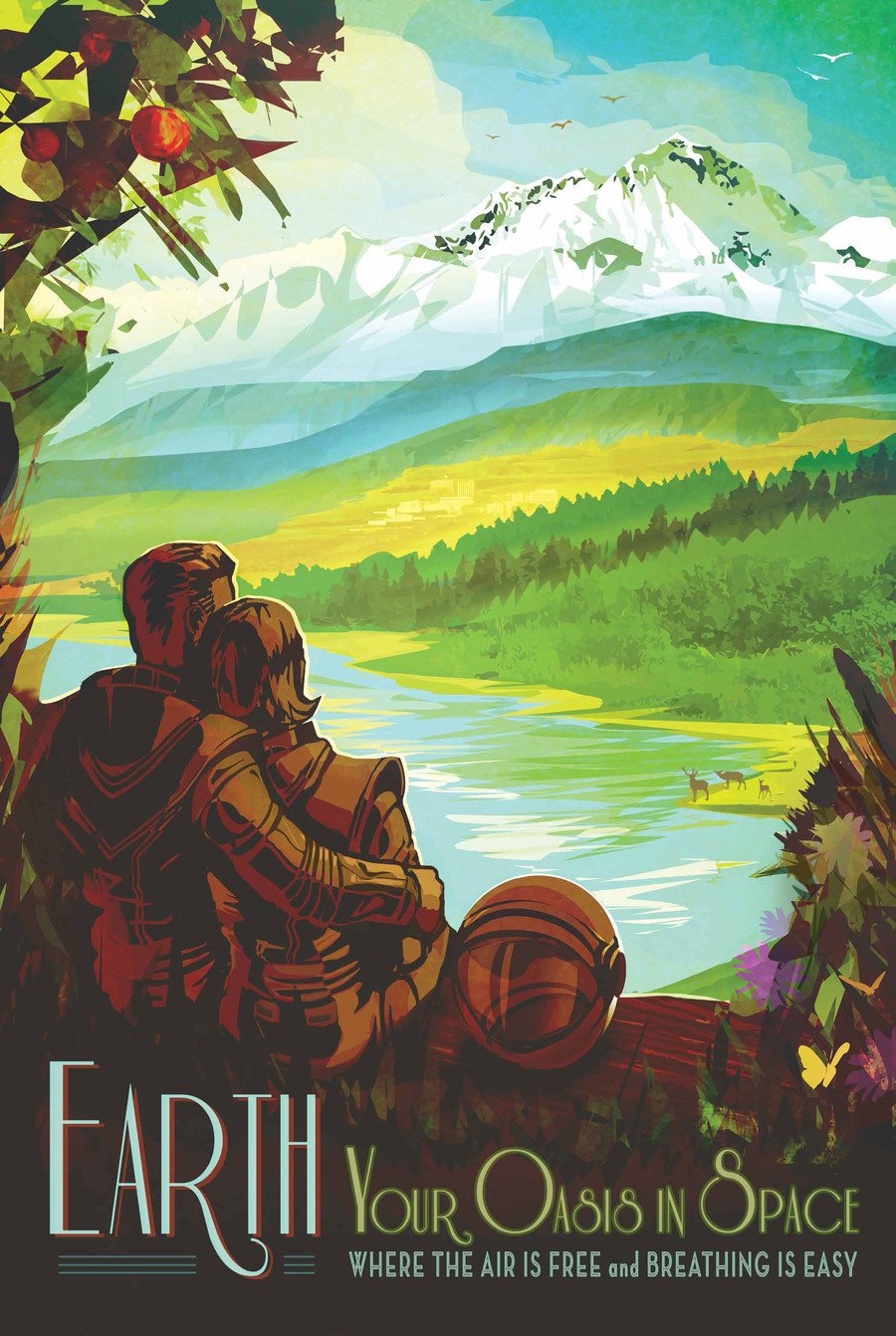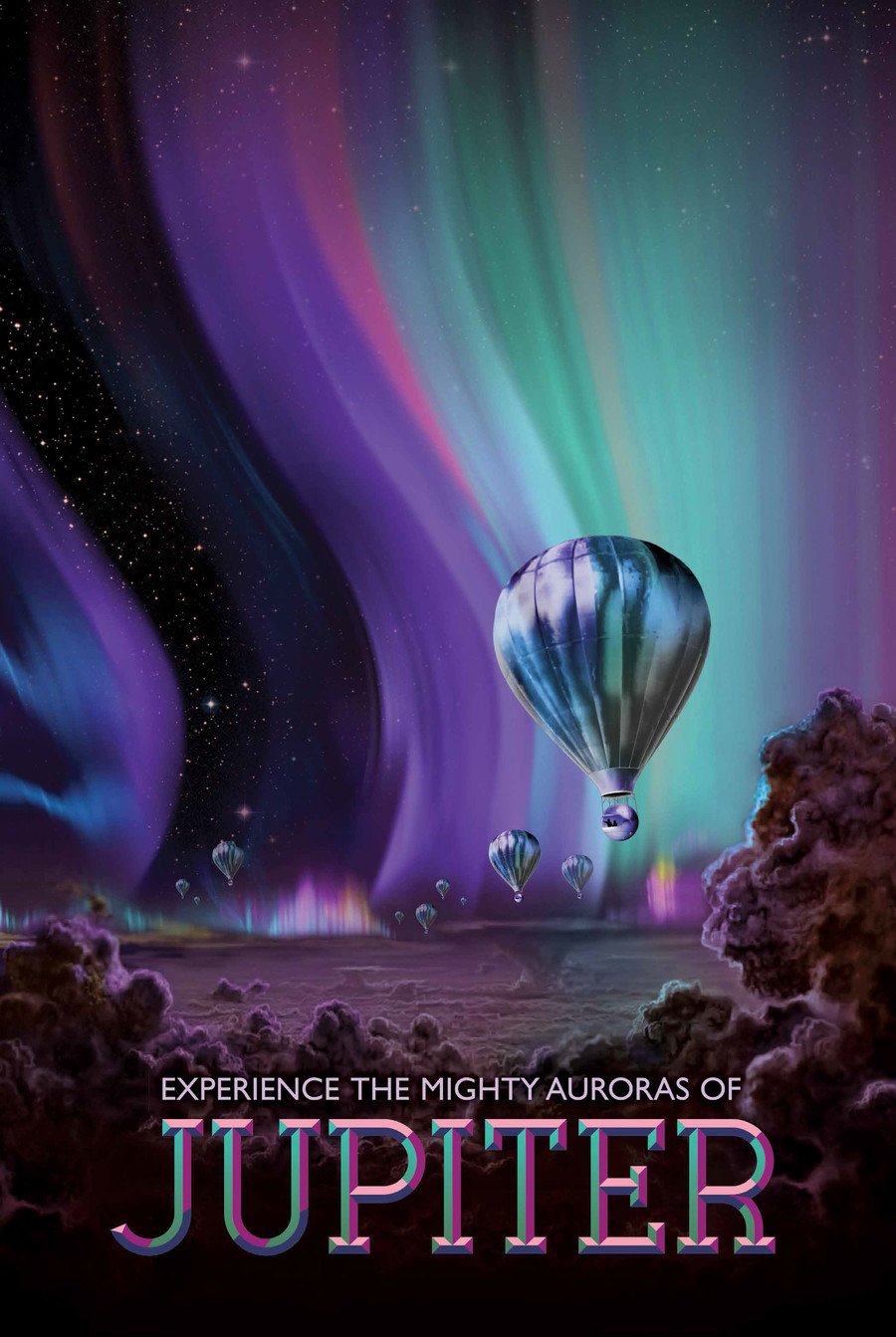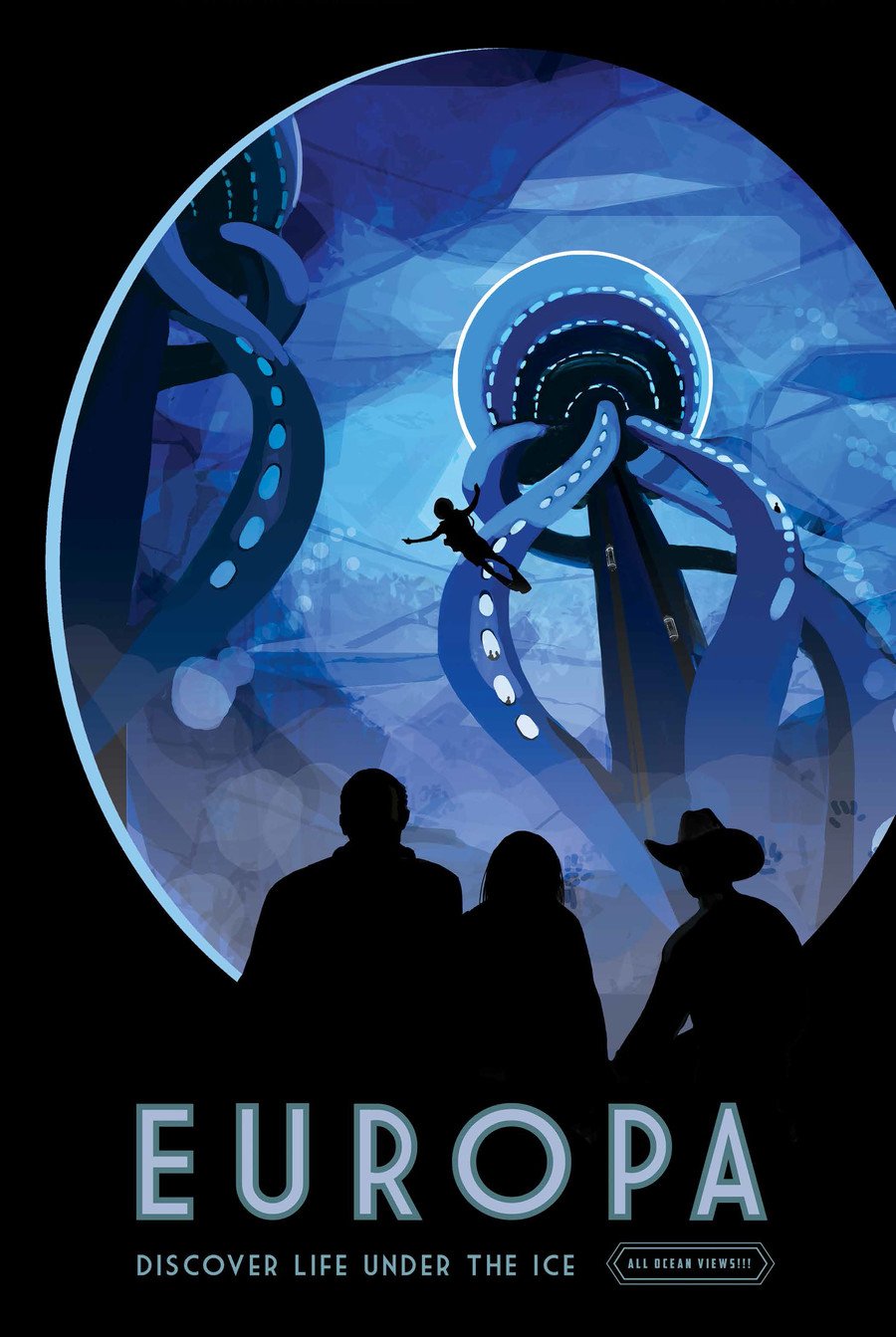‘Exoplanet hop’: NASA release epic travel poster to mark landmark discovery (PICTURES)

NASA has released a stunning new ‘space tourism poster’ to mark the momentous discovery of seven exoplanets around the star TRAPPIST-1, sitting some 39 light-years from Earth.
The space agency announced the discovery of the exoplanets – planets circling stars outside our solar system – at a press conference in Washington, DC on Wednesday. It pulled out all the stops for the announcement, even launching a dedicated website.
READ MORE: 7 new Earth-sized planets discovered, 3 found 'in star's habitable zone' - NASA (VIDEO)
Take a trip 40 light-years away to one of the seven Earth-sized planets in the TRAPPIST-1 system.
— NASA (@NASA) February 23, 2017
Download poster: https://t.co/t8N2ZsMXWVpic.twitter.com/CMiNUSGppi
As part of the fanfare, NASA has added a new celebratory artist’s impression of the discoveries in a series of posters dedicated to planets, exoplanets and moons from around the universe, framing them as potential interstellar holiday destinations.

The poster for Earth says: “Your Oasis in Space. Where the air is free and breathing is easy.”
“Experience the mighty Auroras of Jupiter,” the ad for the gas giant reads. While Europa's poster invites you to "Discover life under the ice.”

The webpage also gives interesting descriptions of conditions on the planets and moons and what it would be like for humans to live there.

Google also unveiled a new homepage, Doodle, to mark NASA’s announcement. The illustration shows the Earth and the Moon rejoicing when they discover the exoplanets around TRAPPIST-1.
Earth to #TRAPPIST1...we read you loud and clear. Thanks @NASA for this cosmic discovery! #GoogleDoodlepic.twitter.com/EDh6sDjKIQ
— Google Doodles (@GoogleDoodles) February 23, 2017
TRAPPIST-1 is much cooler than our sun and is defined as an “ultra cool dwarf”, meaning that water can be found in liquid form on planets very close to the star.
In fact, all seven of the newly-discovered exoplanets are closer to their sun than the closest planet in our solar system, Mercury, is to ours. Three of them are firmly within the “habitable zone” meaning that the conditions are right for liquid water to be present.
The exoplanets are also so close together that, in theory, someone standing on the surface of one could see geological features on another.
If you were standing on one of the planet’s surface, neighboring planets would appear larger than the moon in Earth's sky! https://t.co/Oyl7gBL7pc
— NASA Spitzer (@NASAspitzer) February 22, 2017












